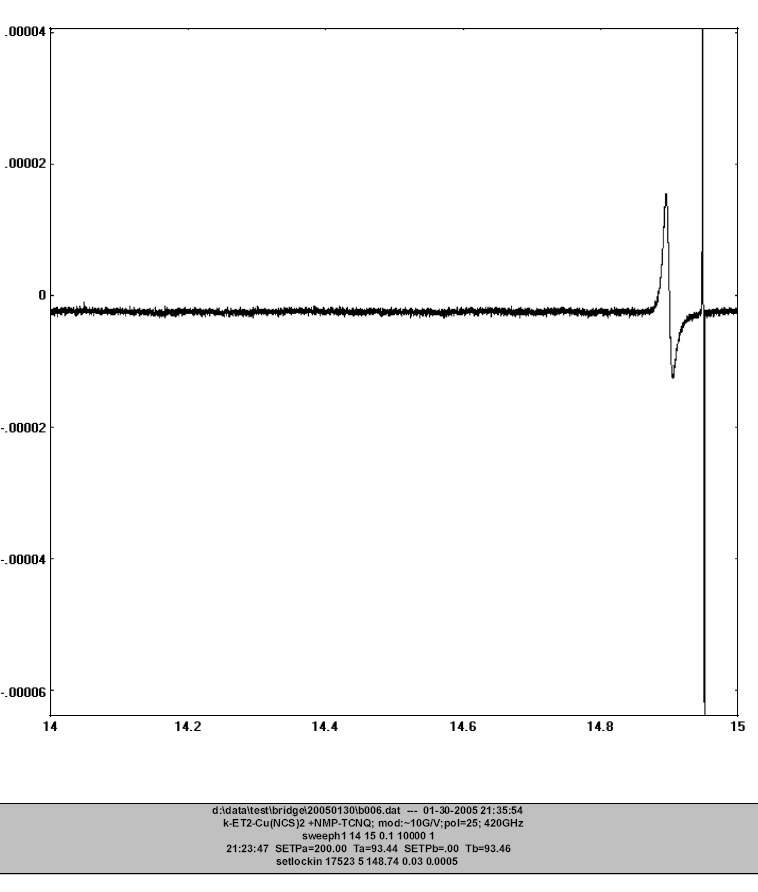EPFL's High Field ESR Spectrometer
Here are pictures of our 200 to 400 GHz Homodyne Spectrometer supplied to Prof Lazlo Forro and his research Group in EPFL, Lausanne, Switzerland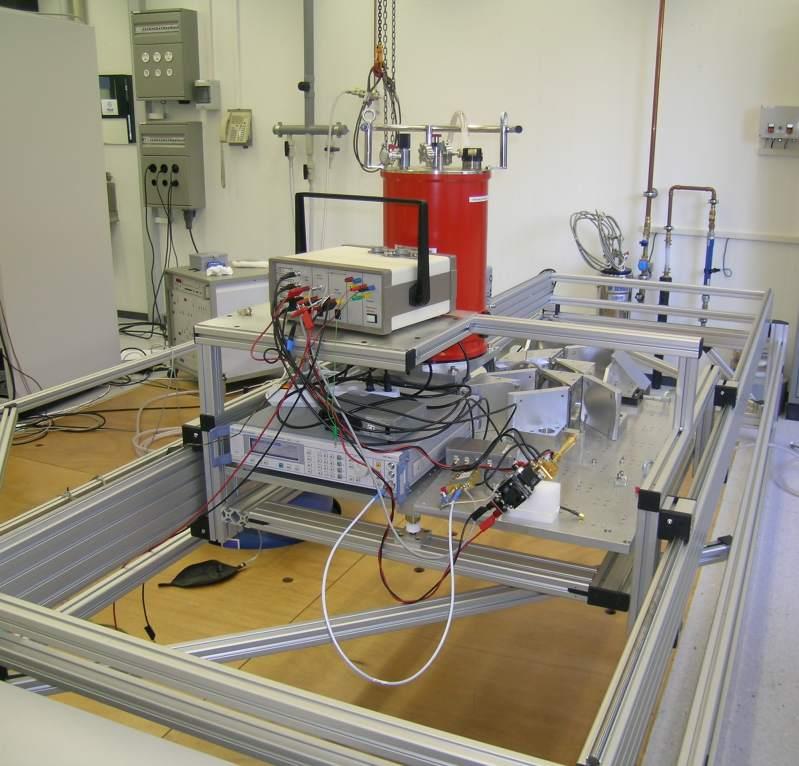
Here is the Quasi-optical table, showing the source - Supplied by VDI as well as the Quasi-Optical Bridge and the InSb mixer, supplied in its cryostat.
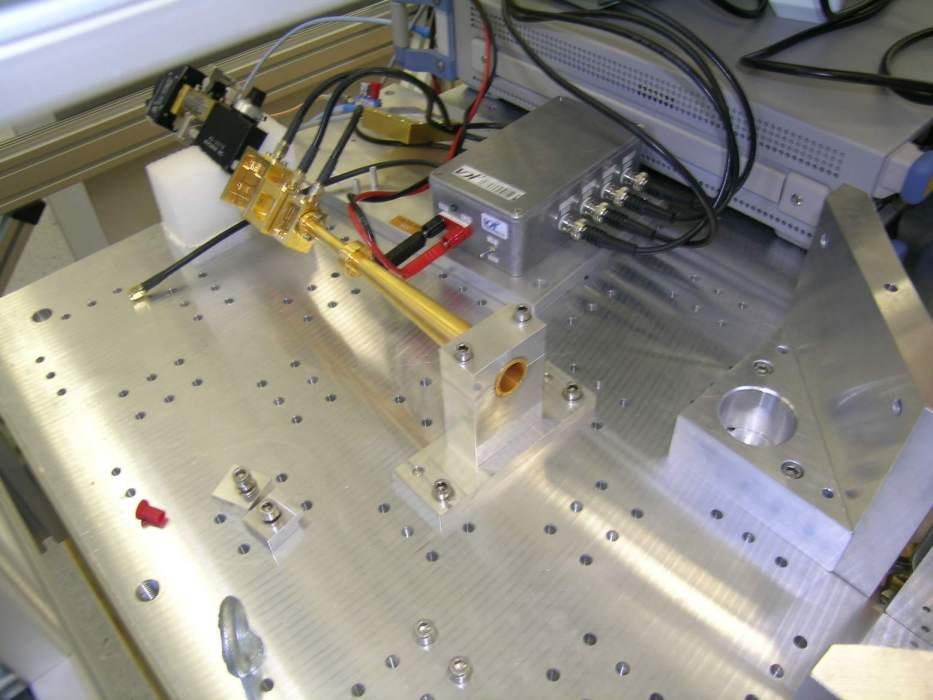
This is the electrically-large corrugated feed horn, which allows the use of Zero Gain optics throughout the spectrometer, with the source feed horn being imaged directly onto the HE11 corrugated probe
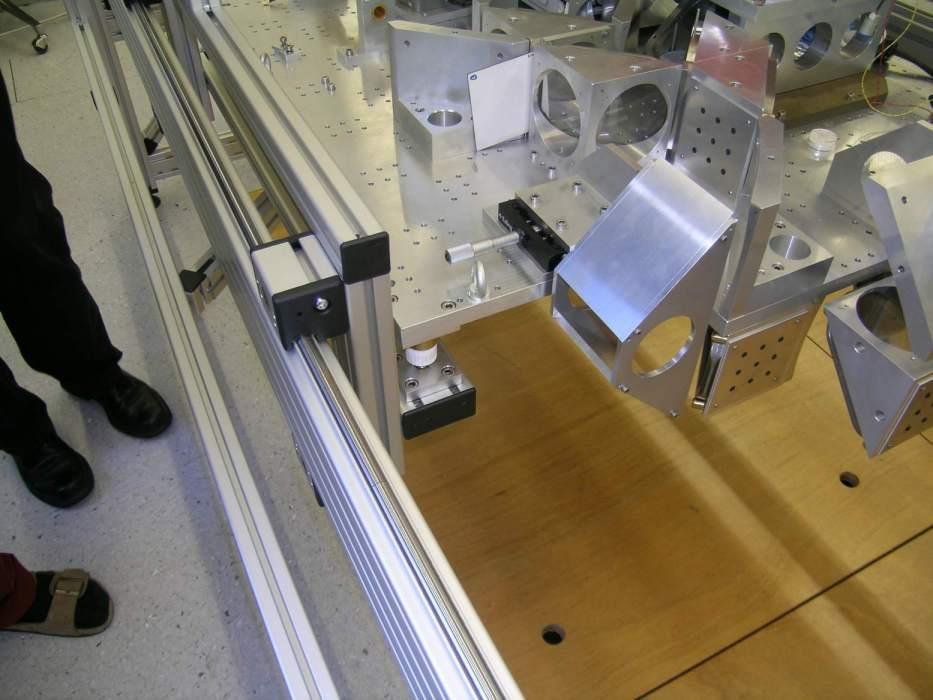
Here are the downward looking feed optics, which inject and recover the ESR probe beam into the HE11 probe into the cryostat.
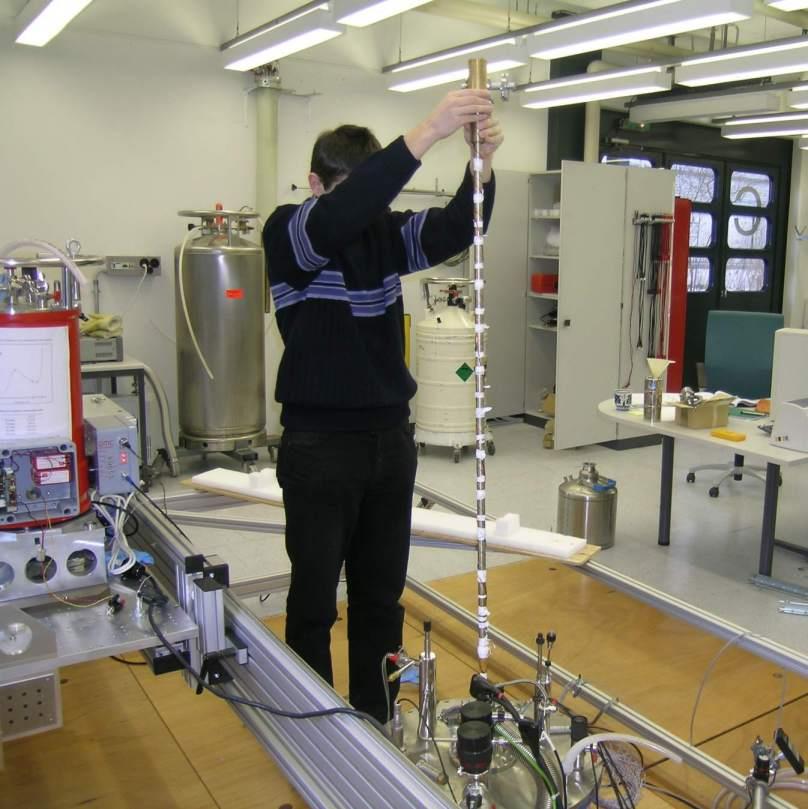
Here are some results, looking at a small amount of NMP-TCNQ, and a kappa-(BEDT-TTF)2 Cu (NCS)2 single crystal oriented with c//B.
At 200 GHz
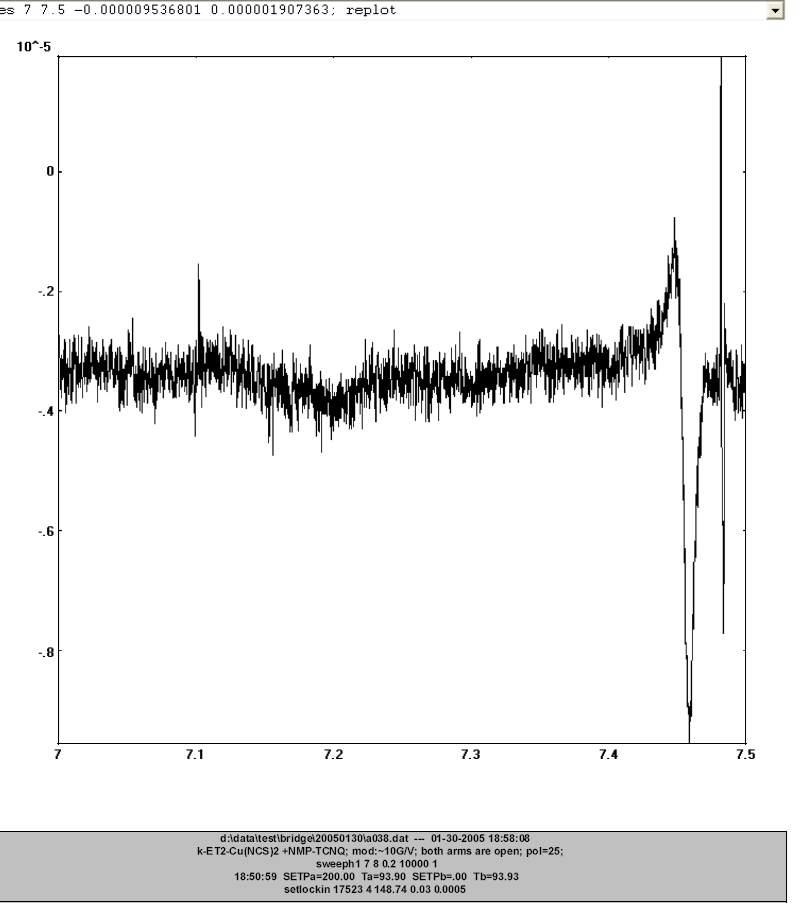
An similar measurements without LO power
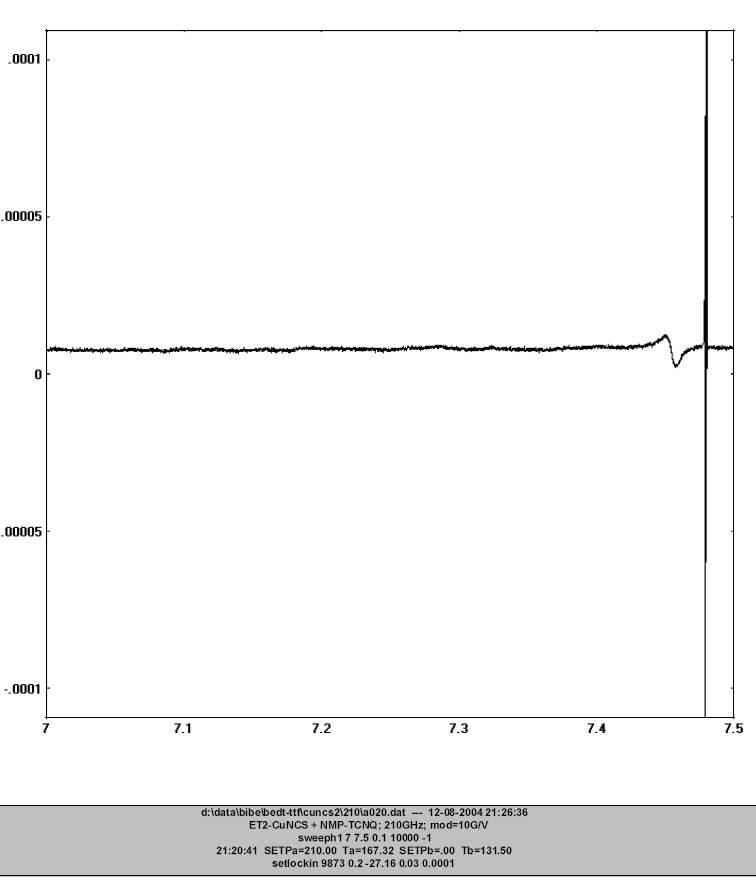
And at 300 GHz
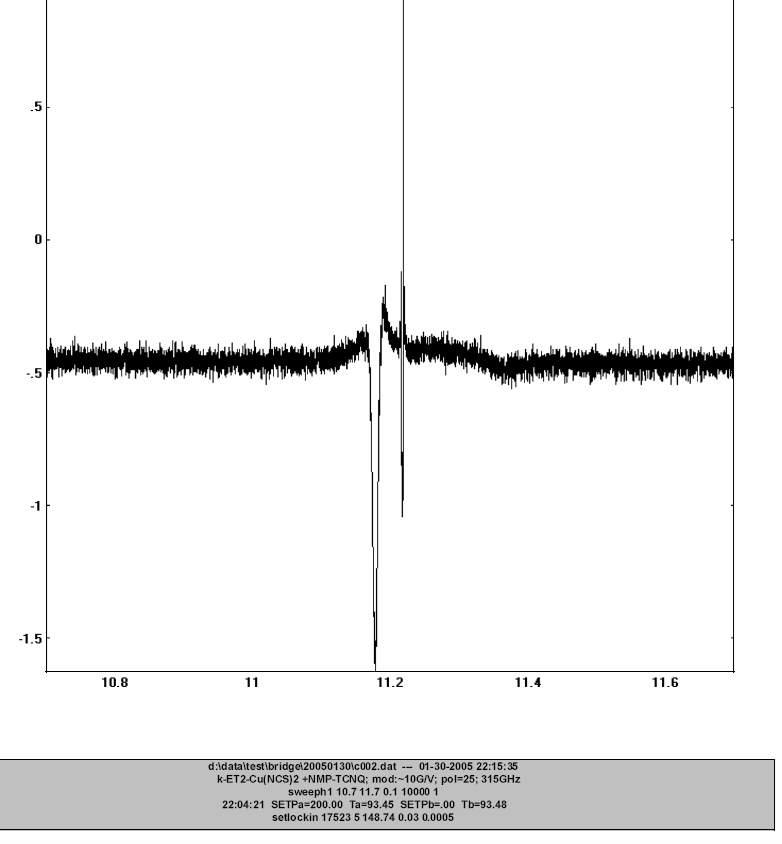
and finally at 400 GHz, illustrating the multi-frequency capability of the Spectrometer.
Of course, to get this spectral coverage, you need a seriously powerful Magnet - in this case a 17Telsa magnet from Oxford Instruments.
